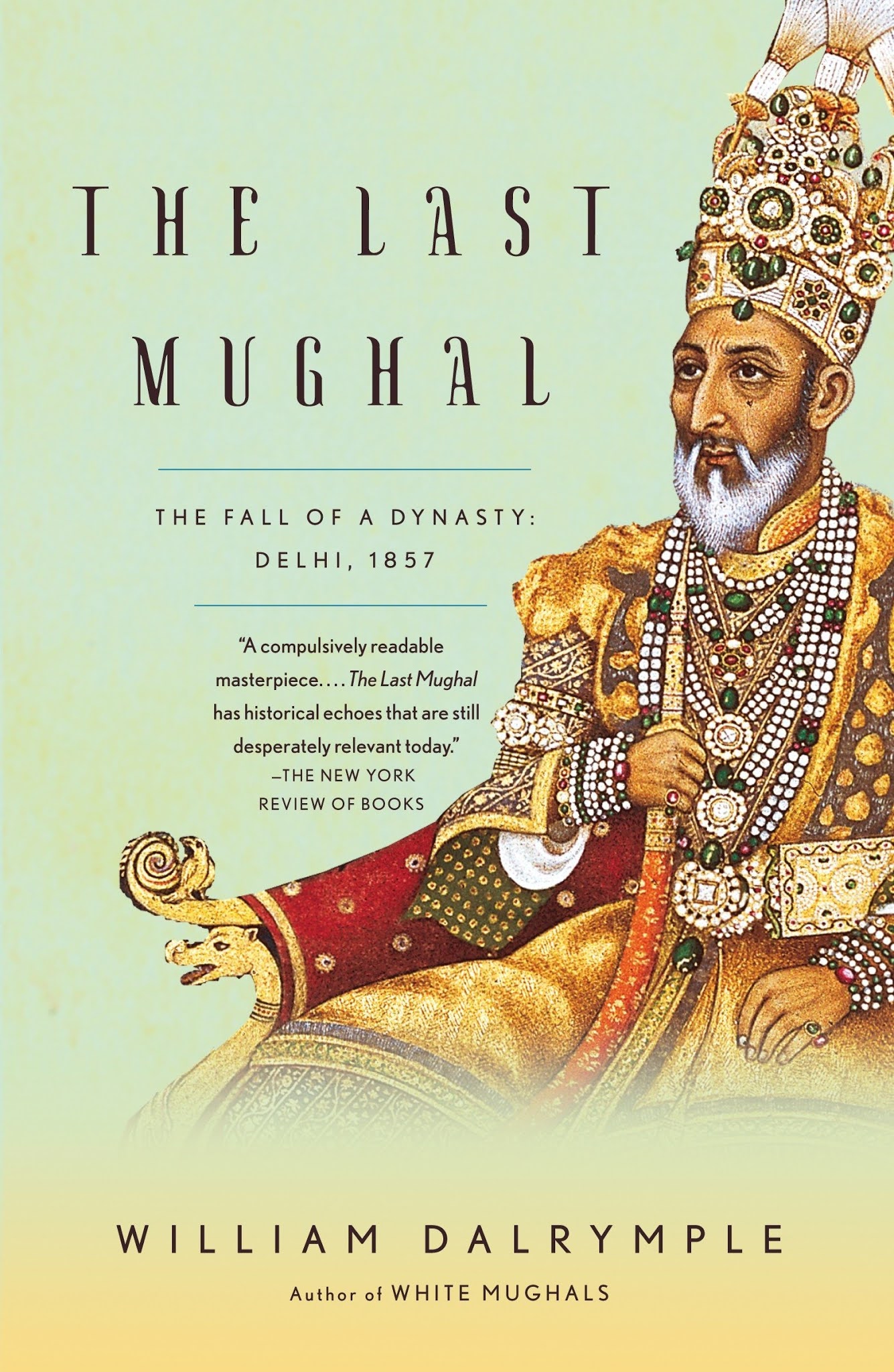
The first six of the imperial elephants followed, caparisoned with gold and saffron headcloths embroidered with the Emperor's coat of arms. Then came a troop of Mughal infantry, with polished black shields and curved swords, long lances and fluttering pennons of green and gold. Shell ornaments were plaited into the horses' manes, and bells strung around their necks and fetlocks, and as they rode out, the ministers were attended by servants with punkahs (fans). Two ministers of state on horseback began the procession proper. It was the job of the chobdars to clear a way through the excitable crowd, before the imperial elephants-always a little unpredictable in the presence of fireworks-appeared lumbering through the gates. The people of Delhi have never much liked being restrained by barriers and were in the habit of breaking through the bamboo railings hung with lamps that illuminated the processional route. The first to emerge were the chobdars, or mace bearers.

With a salute from the cannon stationed on the ramparts, and an arc of fireworks and rockets fired aloft from the illuminated turrets of the Fort, the two gates opposite the great thoroughfare of Chandni Chowk swung open. The marriage procession of Prince Jawan Bakht left the Lahore Gate of the Red Fort at 2 a.m.


 0 kommentar(er)
0 kommentar(er)
